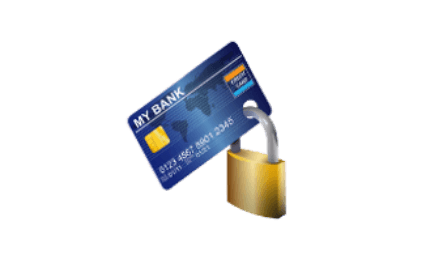Understanding Payment Card Industry Data Security Standard (PCI DSS)

Security Standards
The Payment Card Industry Data Security Standard was designed to ensure any company that processes, stores, or transmits credit card information maintains the security necessary to securely transmit financial information. PCI DSS is not a federal law, but it is an almost universally accepted set of security protocols. Governing the computing health of a company for keeping consumer and vendor financial information safe.
The six axioms of PCI DSS are:
1. Create and maintain a PCI-compliant network.
2. Any data your organization has acquired must be protected.
3. Create and implement a plan to manage the vulnerabilities of your environment.
4. The access control interface must have strong and secure security measures.
5. Monitor and regularly test processing networks.
6. Create and maintain an Information Security Policy.
PCI DSS also outlines many useful practices to ensure you don’t short your data security protocols.
Security Phases for Acceptance of Digital Card Payments
Assessment
Ascertaining vulnerabilities that could pose risks to cardholder security is going to be the first step. Evaluate your digital and physical infrastructure and consider where there might be security gaps. Map out the path that financial and digital information takes to aid in this step and ensure to update the map as your company changes and grows. Additional resources to help you with this include:
- Self-Assessment Questionnaires – This self-assessment is available here, and is designed to assist in determining where your organization stands, opposed to where you need to be in regards to PCI DSS compliance.
- Qualified Assessors – There are assessors that can test every aspect of your system and ensure everything is secure and proper working order.
Remediation
After identifying potential vulnerabilities, it is necessary to implement the appropriate solutions and avoid the consequences associated with non-compliance. This is your company’s chance to self expose flaws and rectify them before said consequences can occur.
Reporting
Once remediation has occurred, you need to compile your findings and submit the required validation records and compliance reports to the associated bank and card processing vendors. Every small business looking to accept and store consumer card information needs to have a functional and secure a PCI DSS system.
If you are looking to accept credit or debit card information it’s a fact that your company will have a hard time competing without a Payment Card Industry Data Security Standard solution in place to do so securely. To learn more about PCI DSS compliance or any other data security compliance your organization may need, contact us or call us today at 623-312-2440.
[/et_pb_text][/et_pb_column][/et_pb_row][/et_pb_section]